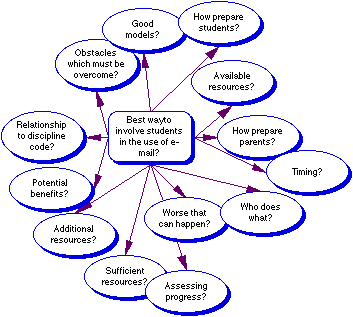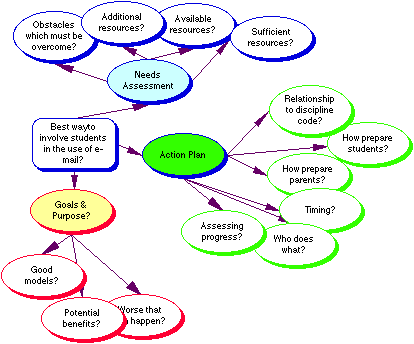- What does it mean to be a good friend?
- What kind of friend shall I be?
- Who will I include in my circle of friends?
- How shall I treat my friends?
- How do I cope with the loss of a friend?
- What can I learn about friends and friendships from the novels we read in school?
- How can I be a better friend?
- Why do we have to fight wars?
- Do we have to fight wars?
- How could political issues or ideas ever become more important than family loyalties?
- Some say our country remains wounded by the slavery experience and the Civil War. In what ways might this claim be true and in what ways untrue? What evidence can you supply to substantiate your case?
- Military officers often complain that the effective conduct of modern war is impeded by political interference and popular pressures on the home front. To what extent did this also prove true during the Civil War?
- How can countries avoid the kind of bloodshed and devastation we experienced during our Civil War?
- How much diversity can any nation tolerate?
- Who showed greater bravery and courage, the front line soldiers and the nurses who tended to the wounded and dying or the leaders of the war effort?
- Should there be a law against war profiteering?
- We can brainstorm and list every question which comes to mind, utilizing a huge sheet of paper or a word processing program or a graphical organizing program such as Inspiration (http://www.inspiration.com), putting down the questions as they "come to mind." Later we can move these around until they end up along side of related questions. This movement is one advantage of software. This approach has the benefit of spontaneity.
- We can take a list of question categories like the one outlined in this article and generate questions for each category. This approach helps provoke thought and questions in categories which we might not otherwise consider.
Best way to involve students in the use of e-mail?
- Worst that can happen?
- Potential benefits?
- Obstacles which must be overcome?
- Available resources?
- Sufficient resources?
- Additional resources?
- Good models?
- How prepare students?
- How prepare parents?
- Relationship to discipline code?
- Timing?
- Who does what?
- Assessing progress?
- Potential benefits?
- Worst that can happen?
From Now On
|
||||
|
Vol 7|No 3|November-December|1997
|
||||
| A Questioning Toolkit
Each district should create a Questioning Toolkit which contains several dozen kinds of questions and questioning tools. This Questioning Toolkit should be printed in large type on posters which reside on classroom walls close by networked, information-rich computers. Portions of the Questioning Toolkit should be introduced as early as Kindergarten so that students can bring powerful questioning technologies and techniques with them as they arrive in high school.
|
||||
 All the other questions and questioning skills serve the purpose of "casting light upon" or illuminating Essential Questions.
All the other questions and questioning skills serve the purpose of "casting light upon" or illuminating Essential Questions. 
